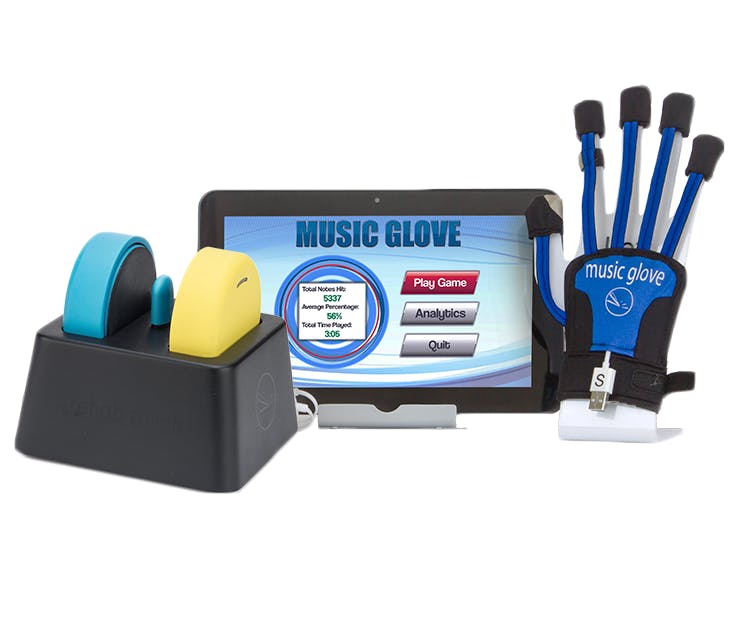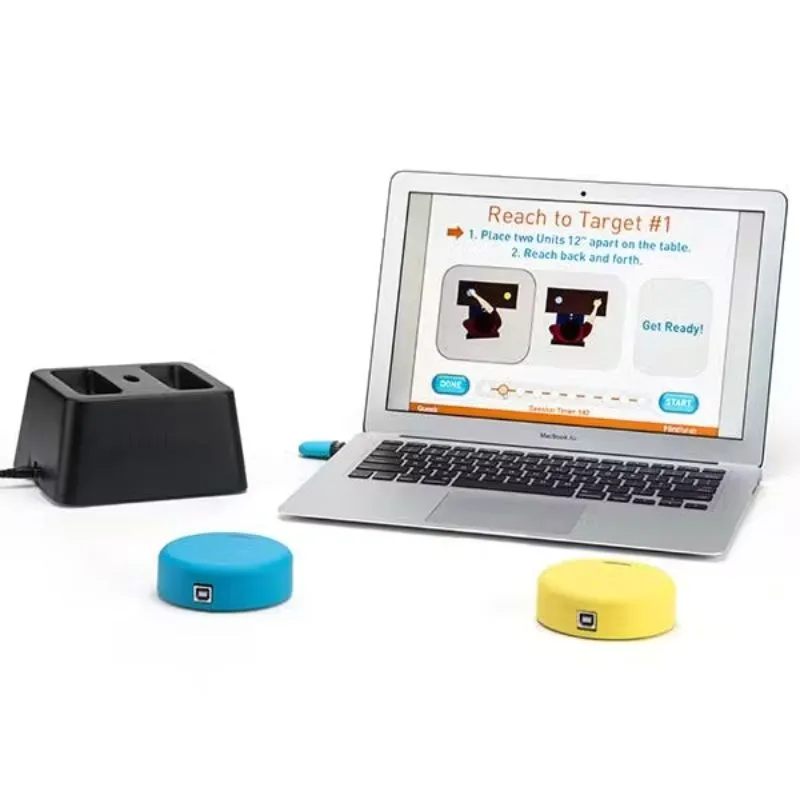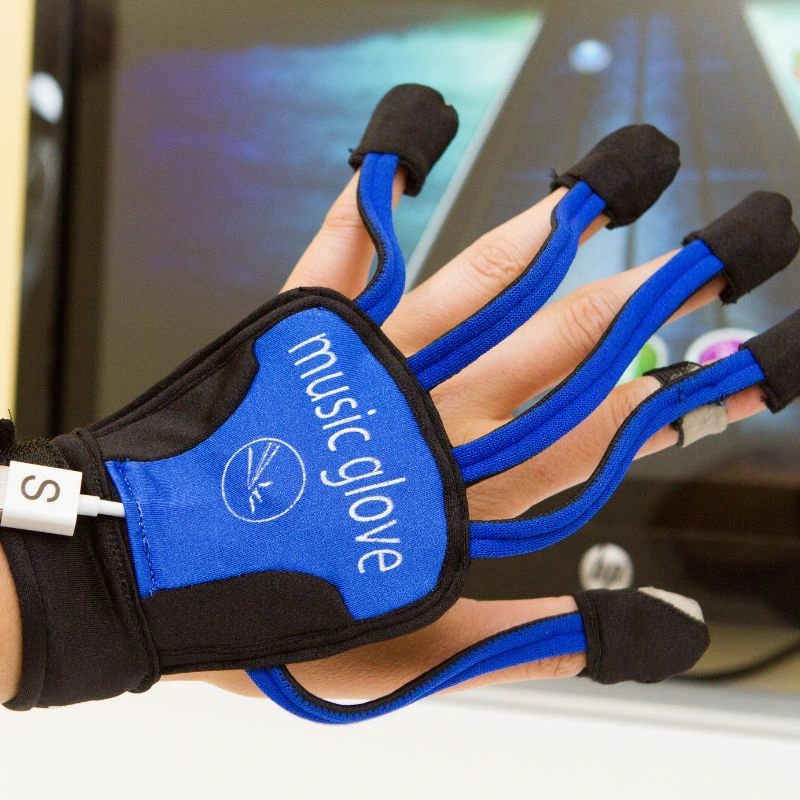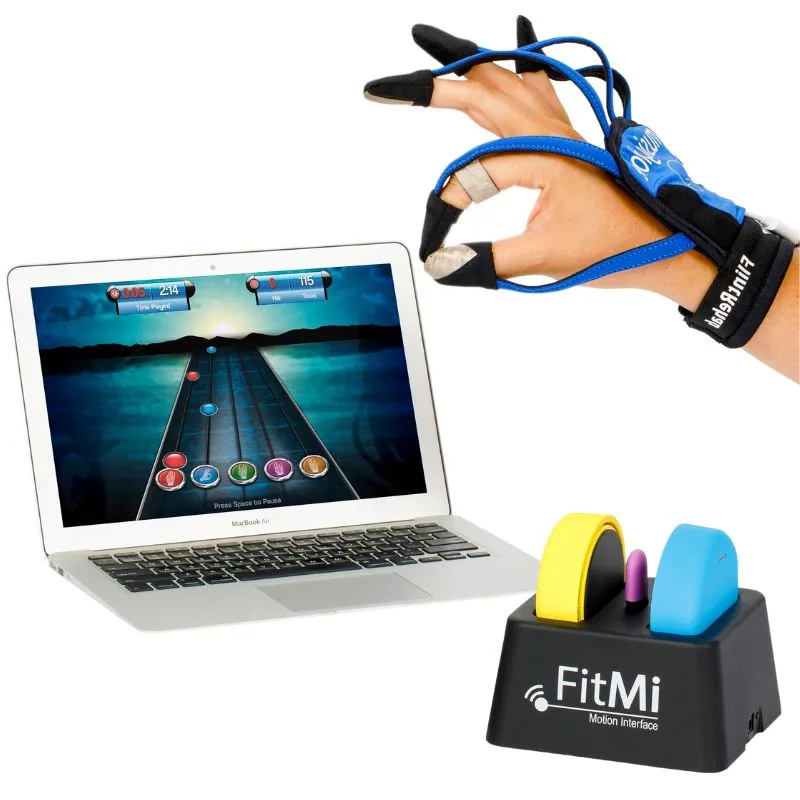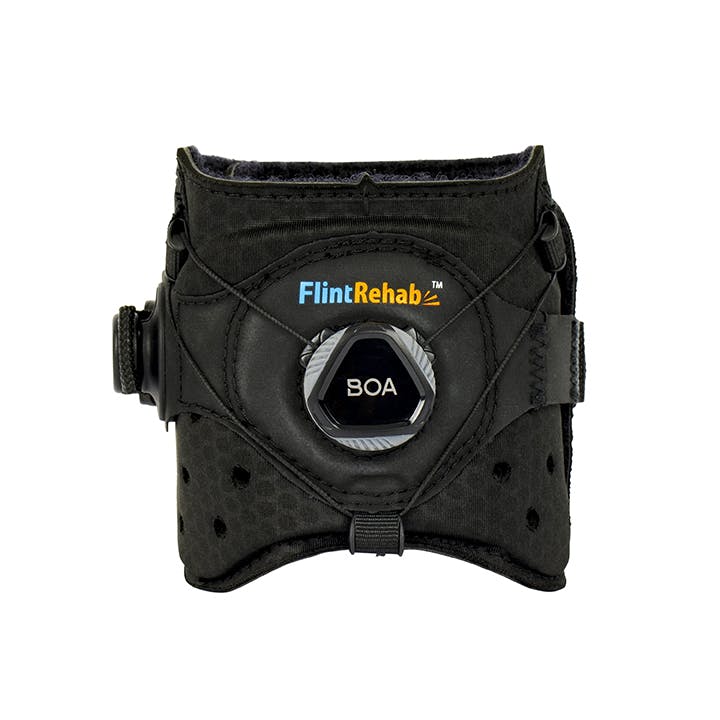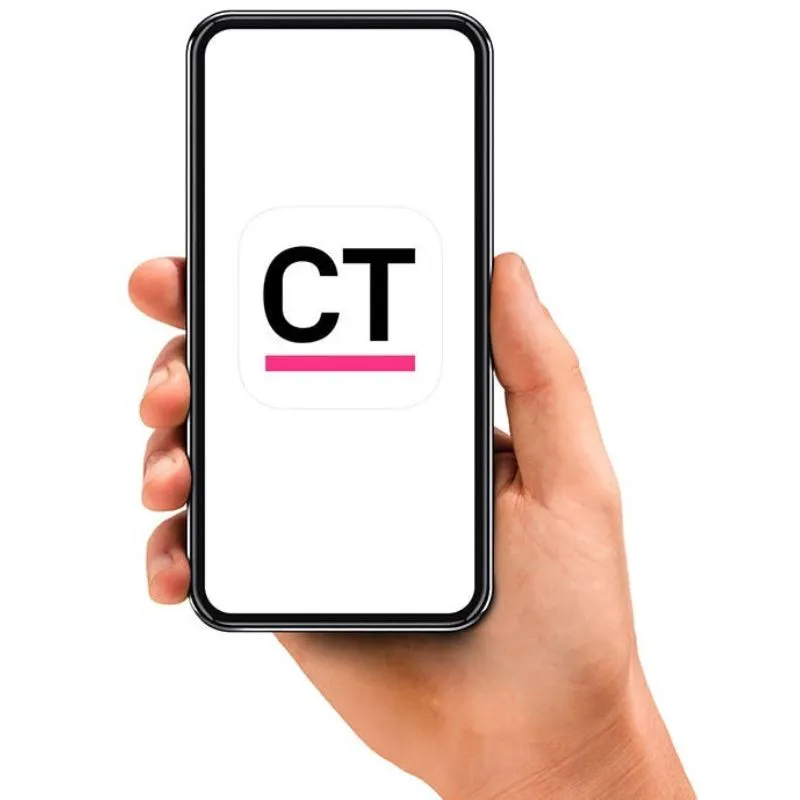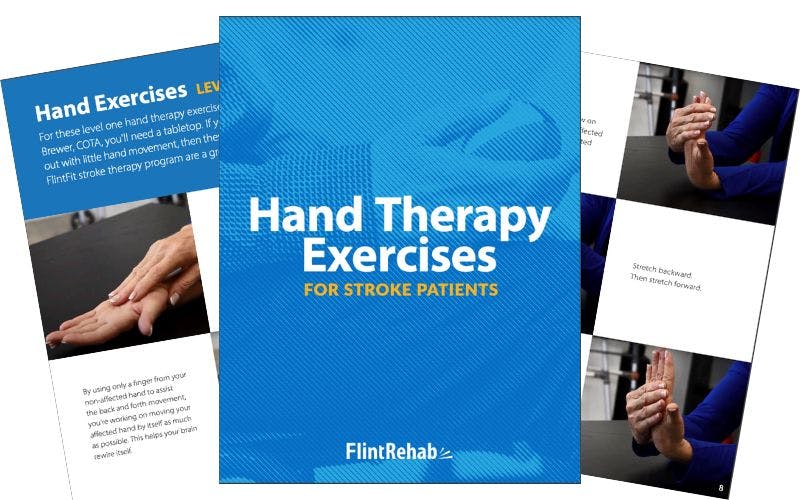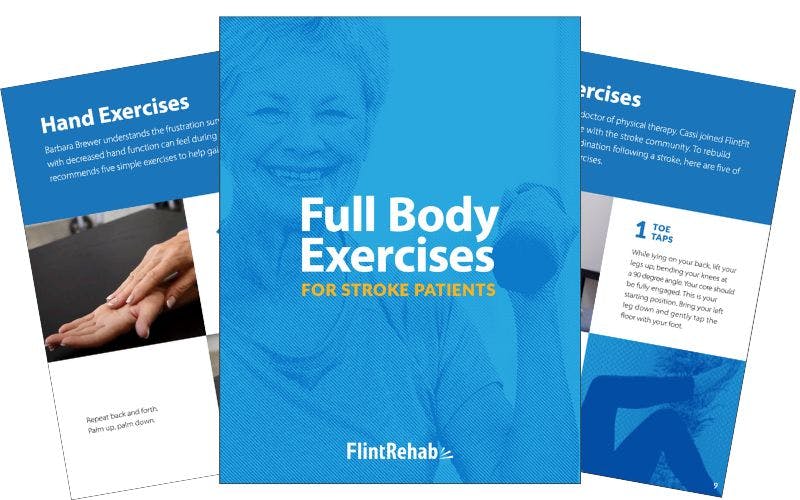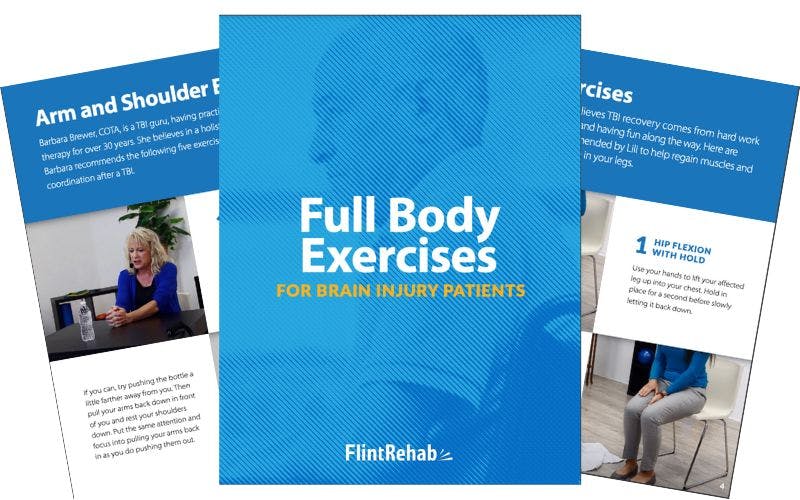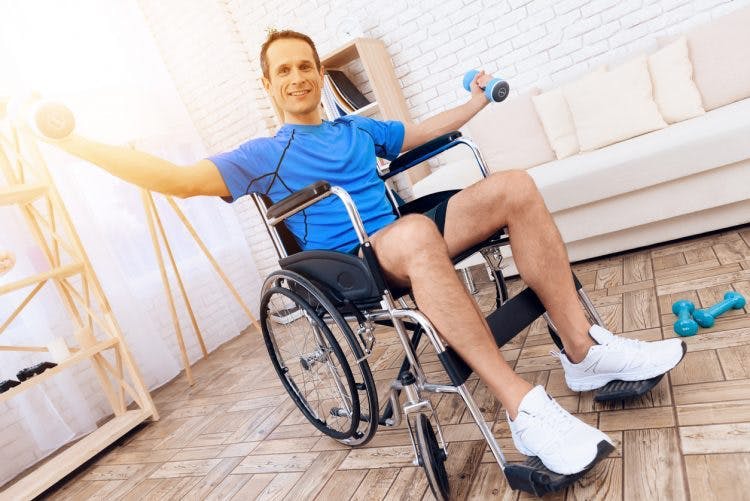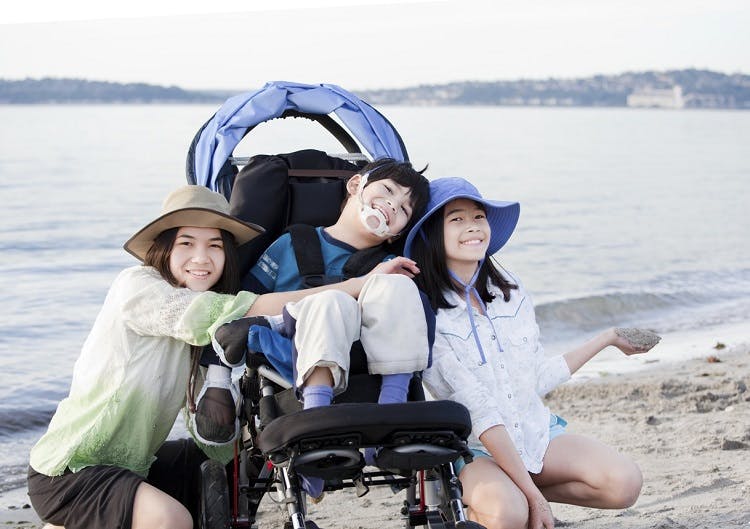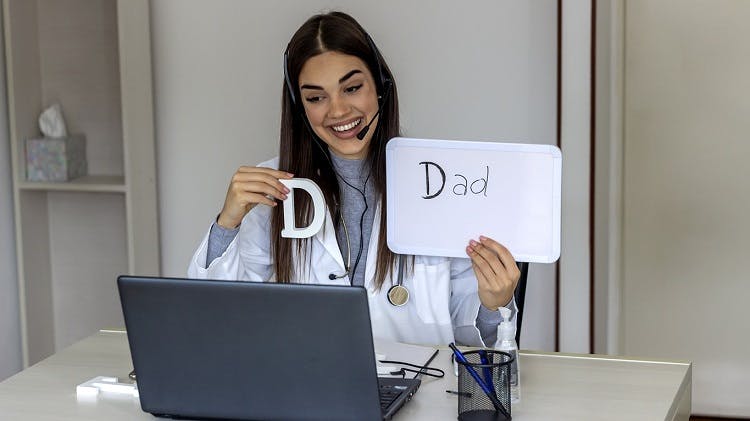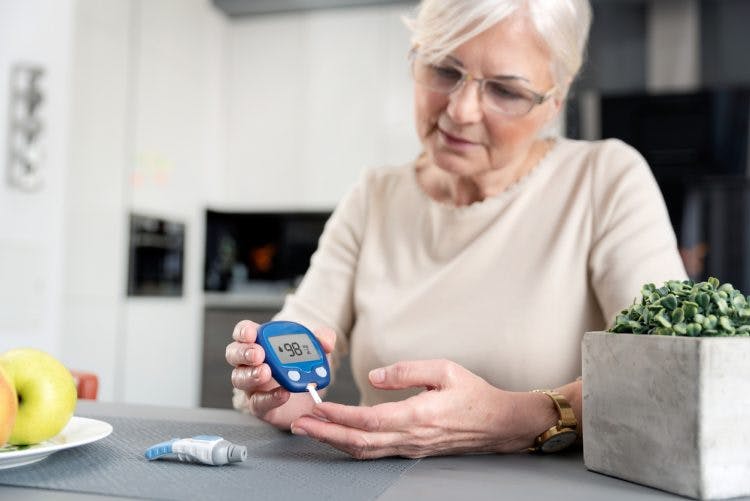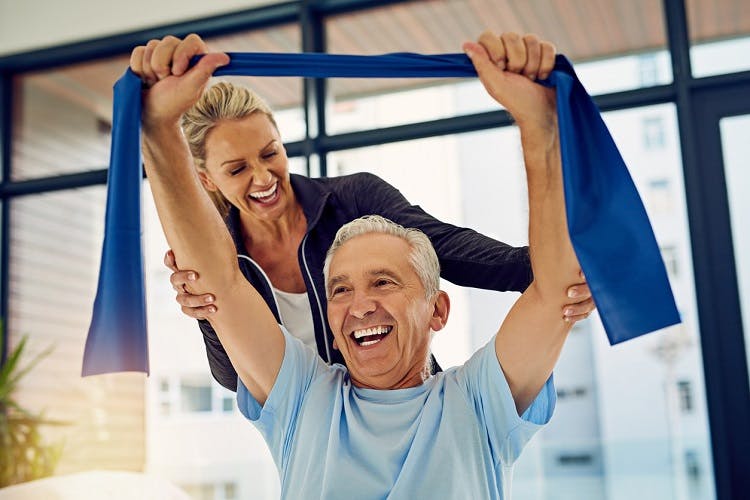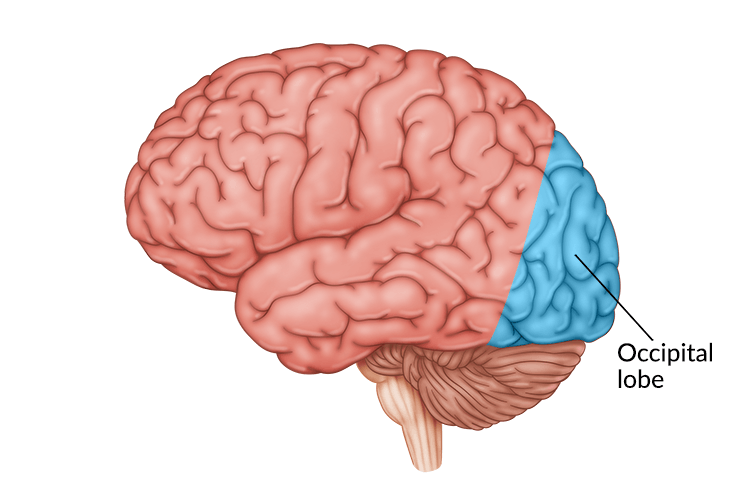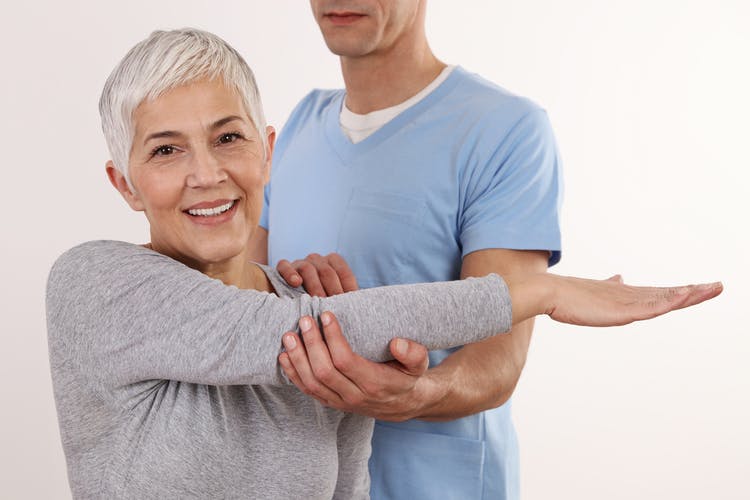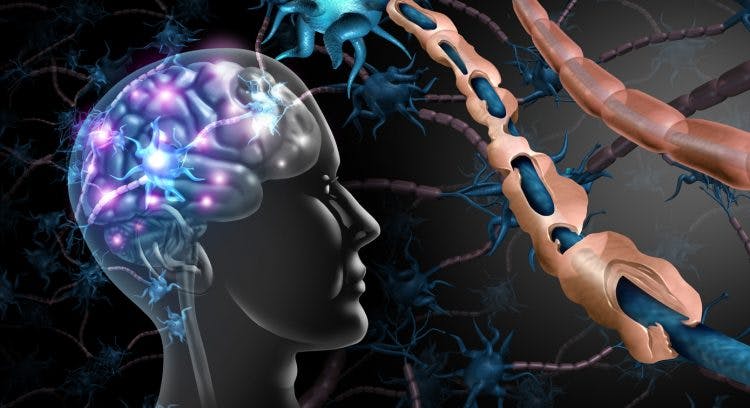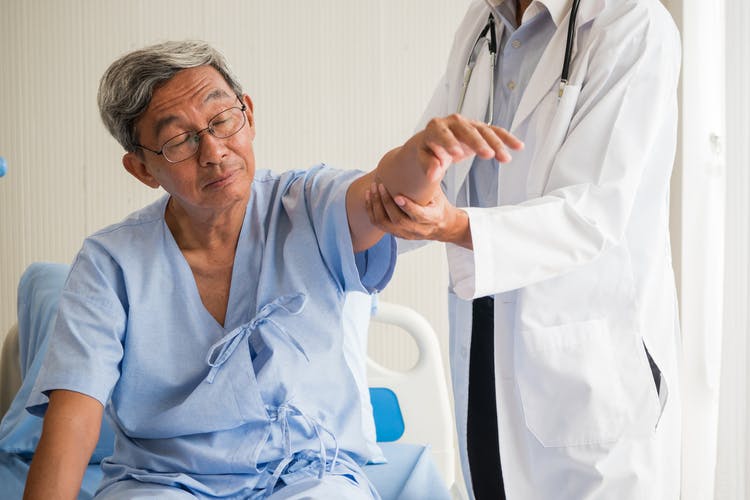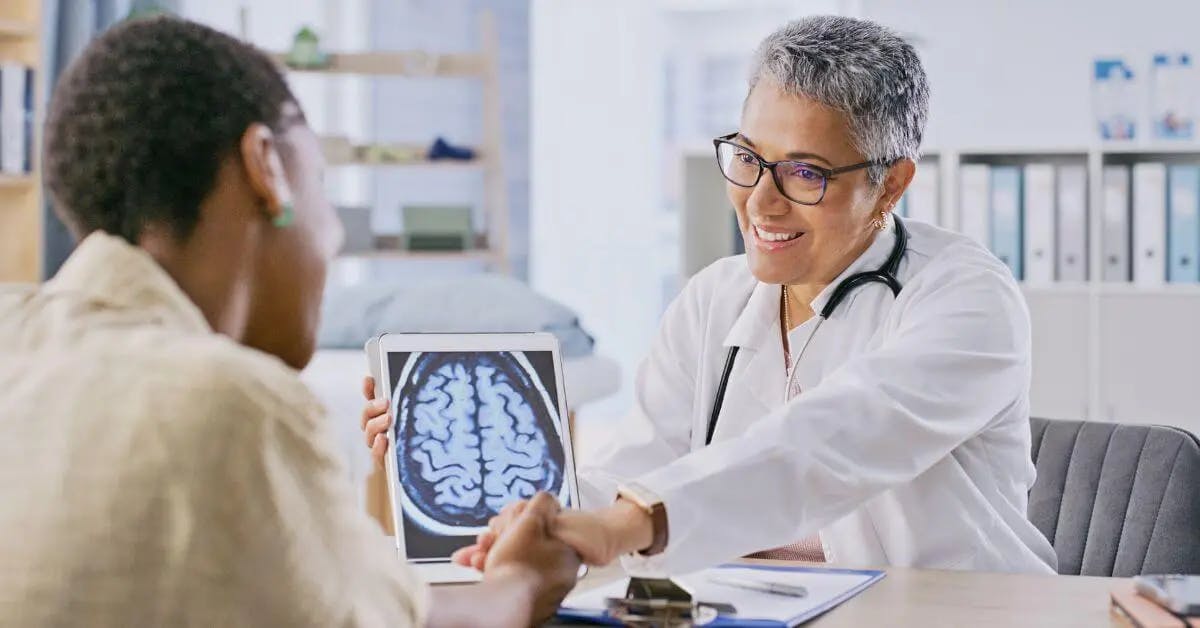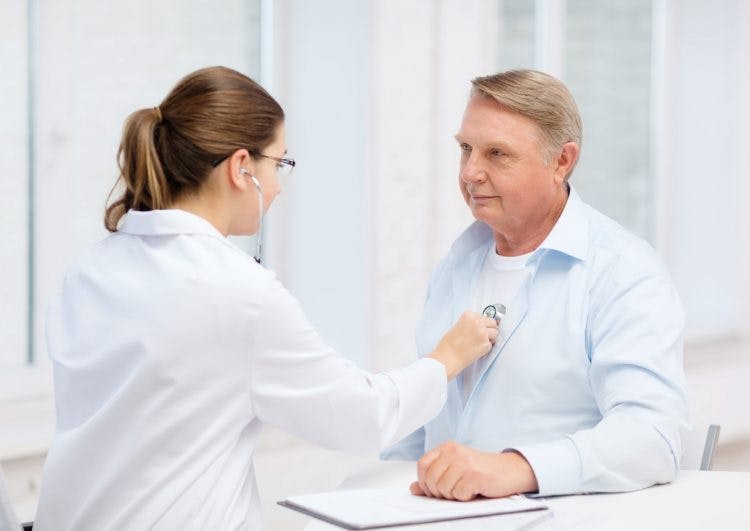Neuro Rehab Tools for Better Home Recovery
Rehab from the comfort of your own home with our FDA listed and clinically proven neuro rehab tools. Great for stroke, TBI, spinal cord injury cerebral palsy, and more — Get started today!
Trusted by Clinicians and Universities
Recover Better From the Comfort of Your Own Home
Safe, FDA listed, and clinically validated to help you recover. Neurorehab devices for stroke recovery, brain injury, cerebral palsy, and more. All products below come with a 30 day money back guarantee if you aren’t completely satisfied!







Top Rehab Products
FitMi - Full Body Home Rehab Device
FitMi is an award winning full body rehab device for stroke, brain injury, and other neurorehabilitation. Helps improve full body mobility 3x faster than traditional therapy alone.
MusicGlove - Music Based Hand Therapy
MusicGlove combines music, gaming, and rehab to help you regain hand and finger movement. Clinically proven to increase hand function in under 2 weeks with just 6 hours total use.
Discount FitMi + MusicGlove Bundles
Get a discounted bundle of our top selling FitMi + MusicGlove devices to maximize your recovery. Great for full recovery after stroke, brain injury, and more!
Flex AFO Brace for Foot Drop
A lightweight, comfortable, and supportive ankle-foot orthosis designed to help individuals with foot drop walk more naturally. Brace is easy to put on and use – no special shoe or training required!
CT Speech & Cognitive Therapy App
Designed by speech language pathologists, this award-winning cognitive and speech therapy app is designed to help people recovering from stroke, brain injury (TBI), or those living with aphasia, apraxia, dementia, and more!
Recovery eBooks for Stroke, Brain Injury, and More
Download our free ebooks and PDFs filled with expert insights and effective exercises to help you recover after stroke, brain injury, and more!

